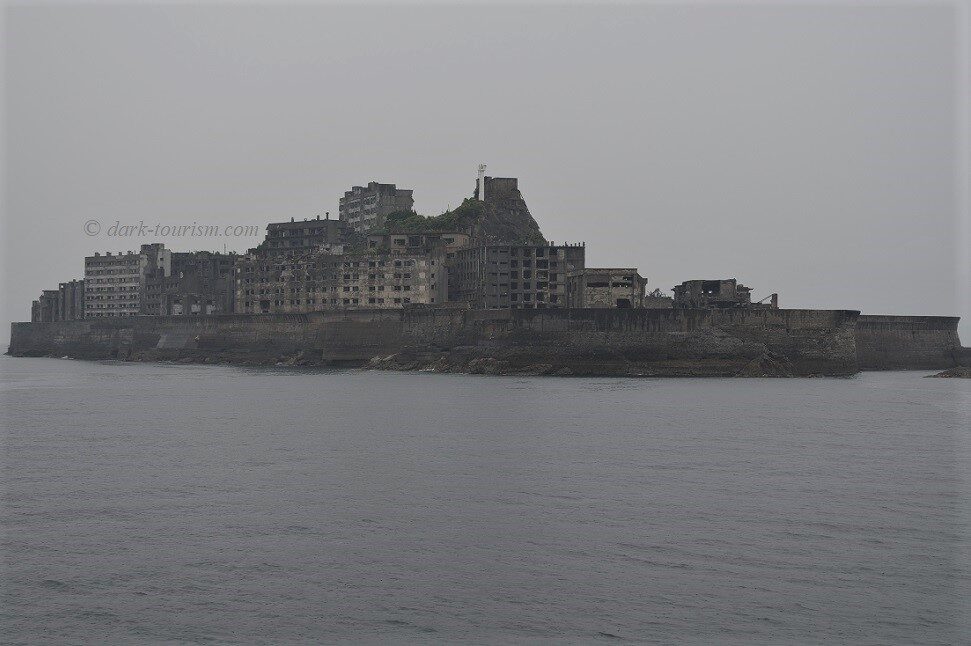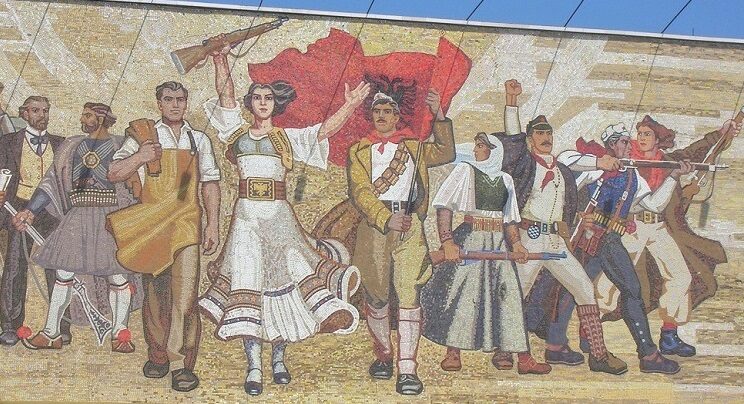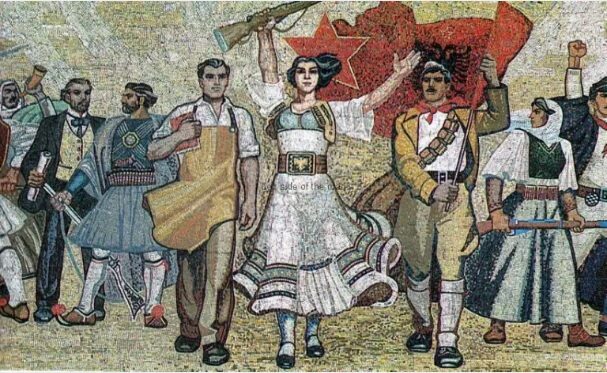| |
|
| ||
|
| |
Islands & TiranaHello subscribers! Yesterday I uploaded a new post on to the DT Blog. It is entitled “Islands of Dark Tourism”. And if that rings a bell it’s because I mentioned it before in an earlier Newsletter. It was part of the title of a presentation I gave at the Progressive Connexions conference “Visiting the Shadows” in Prague at the beginning of last month (where the full title of my presentation was “Off the Beaten Track – Islands of dark Tourism”). I had already indicated in the earlier Newsletter that I might turn my presentation script into a Blog post. Now that’s done, adapted somewhat for the written prose form, and the photos were also trimmed and adapted to fit the Blog format. Do take a look! The featured photo above is part of the 27 (!) images used in the post and shows Hashima island (aka Gunkanjima, or ‘battleship island’ for its silhouette) in the Sea of Japan outside Nagasaki. Before that I had been busy with finally writing up and uploading to my main website all the new chapters for Tirana, Albania. These are all finalized and uploaded and come with their own separate photo galleries. Now all those new places I visited in Albania in April this year are fully covered. The most significant of all these is without a question the vast nuclear bunker site called “Bunk’Art 1”. It would have been in this fortified underground city that Albania’s ultra-Stalinist dictator Enver Hoxha would have sought shelter (together with his prime minister and the higher echelons of the government and military) in the event of nuclear war or a chemical attack. Another bunker site in the city centre is run by the same people who created “Bunk’Art 1” and is simply called “Bunk’Art 2”. This was a nuclear bunker built specifically for the Ministry of the Interior, to which the feared secret “security” police, the Sigurimi, was allocated. The exhibition in today’s Bunk’Art 2 hence has a strong focus on the Sigurimi and its methods. By the way, the “’Art” element in the two sites’ names indicates that both combine a more traditional museum-like exhibition with a range of artworks specifically made for these sites. I thought it worked rather well in both cases. Another significant new site I visited in April was the so-called House of Leaves, the former HQ of the Sigurimi. The indoor exhibition about that sinister organization I found somewhat less convincing than “Bunk’Art 2”. And it particularly annoyed me that photography was forbidden (and it was policed). Hence this new chapter comes with only a rudimentary photo gallery. Two other new chapters for Tirana have to mentioned. One is for the Martyrs’ Cemetery & Mother Albania, mainly a partisans’ cemetery but also the place where the original grave of Enver Hoxha used to be. After the fall of communism, his remains were moved to a humble ordinary grave at a municipal cemetery on the outskirts of the city in the district of Kombinat. That name derives from a former textile combine, which is now largely abandoned and partially demolished, although the grand Stalinist-architecture main gate still stands. That, and the grave, I thought warranted their own chapter too. To find the location of Enver Hoxha’s grave I followed the detailed directions given on a blog (called “left side of the road”) by what seems to be a staunch British communist (he frequently refers to Hoxha as “comrade Enver”). His writings are sometimes a bit hard to swallow in their radicalness and choice of words, but provided valuable, eye-opening information nonetheless about not only Enver Hoxha’s grave, the repurposing of his original tombstone for a British WWII memorial monument and also about the changes to Tirana’s most famous sight, the big 1980 socialist-realist mosaic on the front facade of the National History Museum, made after the fall of communism. I’ve added an account of those "iconoclastic" manipulations in the new background section of my chapter about that museum. Here’s what the mosaic in its post-communist, present form looks like (original photo courtesy of Catherine Nash): |
|
|
| |
And here’s a photo of the central parts of the mosaic before the manipulation, i.e. showing what it originally looked like: |
|
|
| |
(The image has been lifted from that “left side of the road” blog entry (external link) where no copyright is given, otherwise I would have duly reproduced it here.) Now, comparing the two photos, can you spot the three changes made in the mosaic? If not, read the summary on my website or follow the above link to the original account (warning: heavy-duty commie language in that one!) But so much for this time. Best wishes Peter |
|
| |
|
| |||
|


